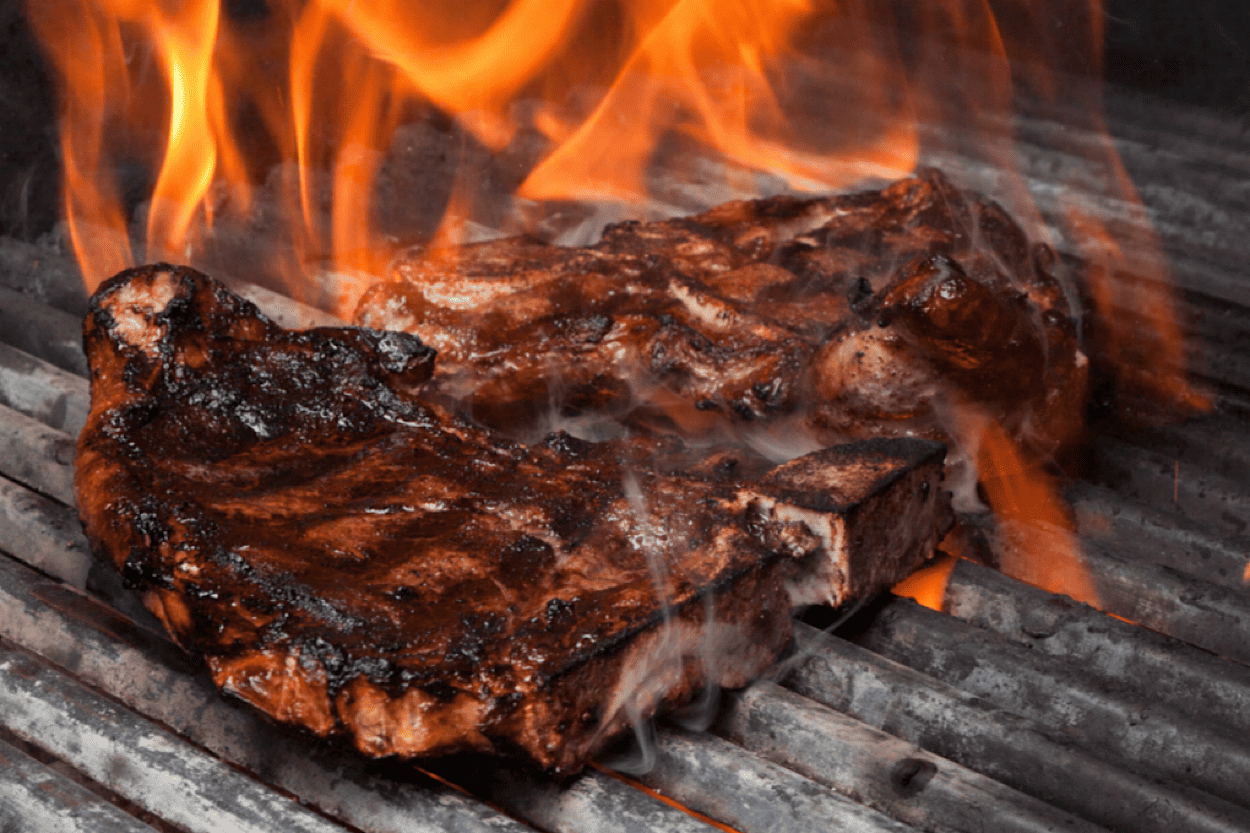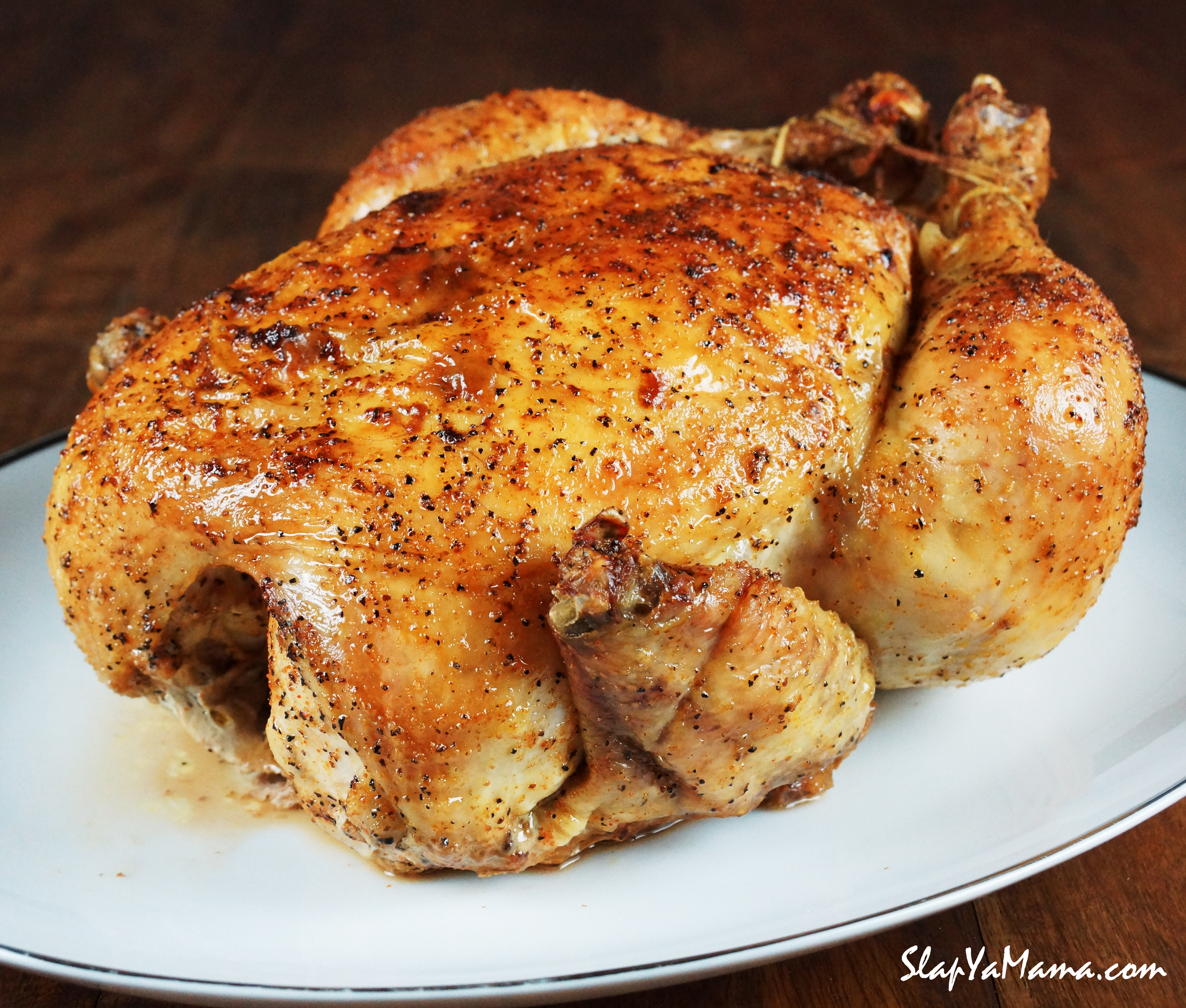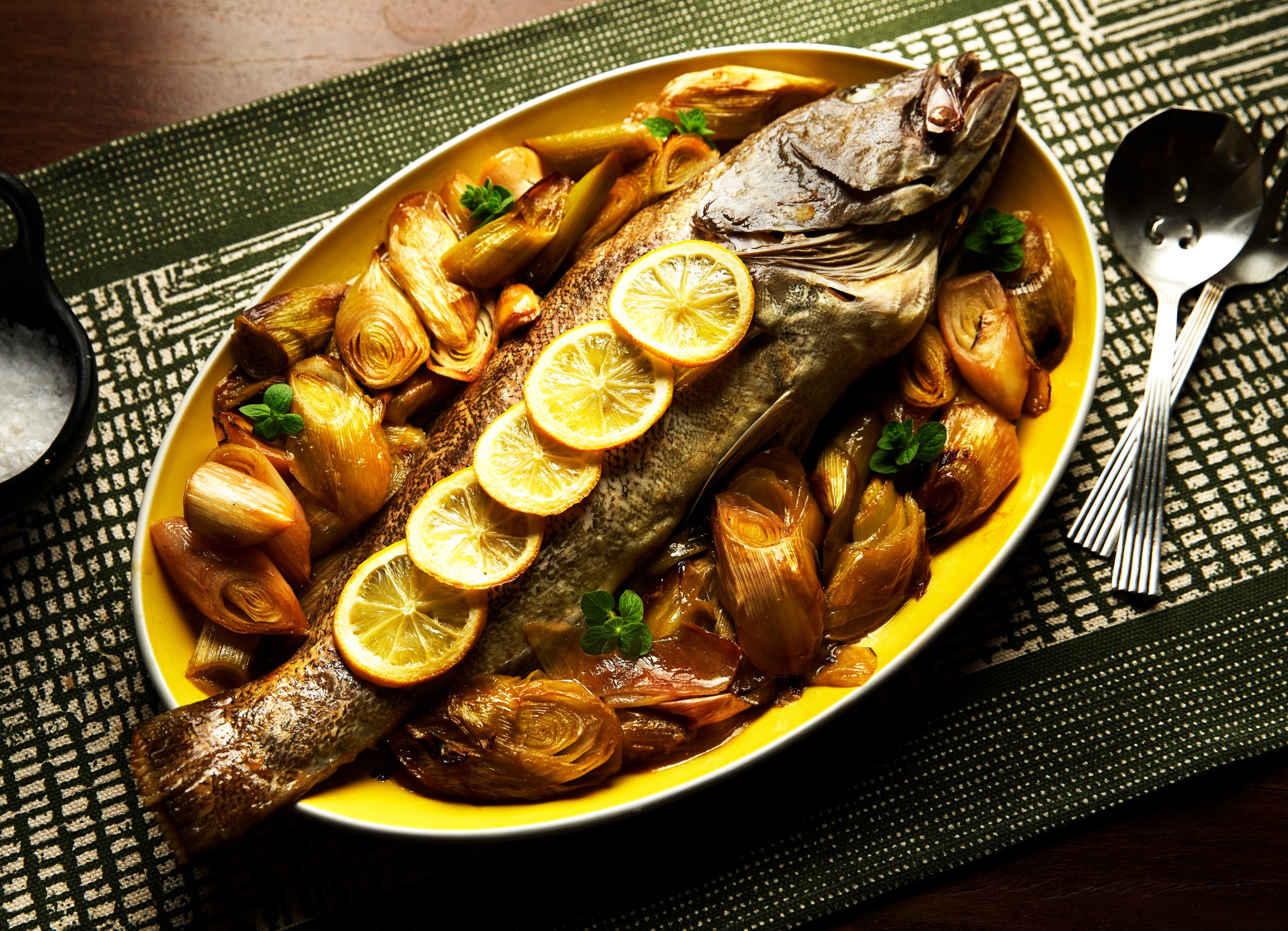Perfect Pork Chop Temp: Juicy & Safe Every Time
There's a universally acknowledged truth in the kitchen: cooking a pork chop can be a minefield of culinary anxiety. Will it be dry and tough, or will it be a succulent, flavorful delight that keeps you coming back for more? If you’re wondering, “what temp should a pork chop be cooked to?” you’re certainly not alone. Many home cooks grapple with ensuring their pork is cooked safely while retaining its delicious flavor. The good news is, achieving the perfect cooked pork chop temp is not as daunting as it seems, and it’s the key to unlocking truly tender results.
A sizzling, juicy pork chop hot off the grill or skillet is a classic dinner many of us love. However, it can be tricky getting the interior cooked to perfection without ending up with dry, overdone meat. This comprehensive guide will delve into the world of pork chop cooking temperatures, exploring the ideal internal temperature, cooking methods, and essential tips for achieving juicy, tender chops every single time.
Table of Contents
- Why Internal Temperature Matters for Pork Chops
- The Evolving USDA Guidelines: What's Changed?
- The Magic Number: What Temp Should a Pork Chop Be Cooked To?
- Essential Tool: The Digital Meat Thermometer
- Pork Temperature Chart: Beyond Chops
- Cooking Methods & Temperature Consistency
- Troubleshooting Common Pork Chop Problems
- Elevating Your Pork Chop Game
Why Internal Temperature Matters for Pork Chops
When it comes to cooking pork chops, achieving the perfect internal temperature is crucial for both food safety and optimal flavor. This isn't just about culinary preference; it's a matter of public health. Undercooked pork can be a breeding ground for harmful bacteria, posing a significant food safety risk. On the other hand, overcooking can result in a dry, tough texture that no amount of sauce can rescue. The goal is to strike that delicate balance, ensuring your pork is safe to eat while being incredibly juicy and tender.
- Who Is Bella Robertsons Parents
- Ronnie The Diplomat
- Casey Hartnett Movies
- Mckinley Richardson Porn
- Camilla Araujo Naked
Many home cooks are left wondering, “what temp for cooked pork ensures both deliciousness and safety?” This question is at the heart of mastering pork cookery. The answer lies in understanding the science behind cooking meat and employing the right tools to measure doneness accurately. Without precise temperature control, you're essentially guessing, and when it comes to pork, guessing can lead to disappointing results or, worse, health concerns.
The Evolving USDA Guidelines: What's Changed?
In the last decade, the USDA guidelines for the internal doneness temperature of pork have changed, leading to a bit of confusion on what temperature is safe for cooked pork. For years, the conventional wisdom dictated cooking pork to 160°F (71°C) to ensure safety. This often resulted in pork that was undeniably safe but also, unfortunately, dry and chewy. The good news is, those days are largely behind us for whole cuts of pork.
The USDA updated its recommendation for whole cuts of pork, including pork chops, roasts, loin, and tenderloin, to a minimum safe internal temperature of 145°F (63°C), followed by a crucial three-minute rest. This change was based on scientific data demonstrating that 145°F is sufficient to eliminate harmful bacteria, while allowing the meat to retain significantly more moisture and flavor. This updated guideline has been a game-changer for home cooks, allowing us to enjoy pork that is both safe and deliciously tender. It's important to note that while the pork might still have a hint of pink at this temperature, it is perfectly safe to eat, provided the temperature has been verified with a reliable thermometer.
The Magic Number: What Temp Should a Pork Chop Be Cooked To?
So, what temperature should a pork chop be cooked at? For pork chops, pork loin, and pork tenderloin, the answer is unequivocally 145°F (63°C). This is the sweet spot that ensures food safety without sacrificing moisture or tenderness. Once your pork chop reaches this internal temperature, it's ready to be removed from the heat. However, the journey to a perfect chop doesn't end there. Two critical factors come into play immediately after hitting this temperature: carry-over cooking and resting.
Understanding Carry-Over Cooking
When you remove meat from a heat source, it doesn't instantly stop cooking. The residual heat within the meat continues to cook it, causing its internal temperature to rise by several degrees. This phenomenon is known as "carry-over cooking." For pork chops, this means if you aim for a final temperature of 145°F, you should typically pull the chops off the heat when they reach about 140-142°F (60-61°C). The temperature will then continue to climb to the desired 145°F during the resting period. Failing to account for carry-over cooking is a common mistake that leads to overcooked, dry pork.
The Crucial 3-Minute Rest
Does pork need to rest after cooking? Yes, absolutely! A thick cut of meat, like a pork chop or shoulder, should rest for 10 to 15 minutes before cutting and serving. For pork chops cooked to 145°F, a minimum of 3 minutes is required by USDA guidelines. The reason behind this is simple: hot meat releases more liquid when cut, thereby drying out the pork. When meat cooks, its muscle fibers contract, squeezing out moisture. If you cut into it immediately, those juices will gush out onto your cutting board, leaving your chop dry.
If you rest the pork before cutting, the cooled meat will allow the muscle fibers to relax and reabsorb those precious juices, which ensures a juicy and tender cut. This resting period is just as vital as hitting the correct internal temperature. It's the final, non-negotiable step to achieving that succulent, flavorful delight you're aiming for.
Essential Tool: The Digital Meat Thermometer
If you know how to check pork chop doneness with a meat thermometer, your chops will always turn out juicy and tender. This isn't just a suggestion; it's the best way to ensure peak deliciousness and safety. Relying on visual cues like color or firmness is unreliable and can lead to either undercooked, unsafe pork or overcooked, dry pork. A digital meat thermometer removes all the guesswork.
When using a meat thermometer, always insert it into the thickest part of the pork chop, making sure not to touch any bone, as bone conducts heat differently and can give an inaccurate reading. An instant-read digital thermometer is highly recommended for its speed and accuracy. It allows you to quickly check the temperature without losing too much heat from the meat. Investing in a good quality digital meat thermometer is perhaps the single most important step you can take to elevate your pork chop cooking game.
Pork Temperature Chart: Beyond Chops
While our focus is on the ideal cooked pork chop temp, it's helpful to understand the safe internal cooking temperatures for other cuts of pork as well. This knowledge ensures versatility in your cooking and consistent safety. Let our pork temperature chart help guide you for various cuts:
- Pork Chops, Pork Loin, Pork Tenderloin: Cook to 145°F (63°C), then rest 3 minutes.
- Pork Roasts (e.g., Shoulder, Butt): Cook to 145°F (63°C), then rest 3 minutes. (For shreddable pork, you might cook it to a higher temperature like 195-205°F (90-96°C) for tenderness, but 145°F is the minimum safe temperature for doneness.)
- Fresh Ham (uncooked): Cook to 145°F (63°C), then rest 3 minutes.
- Ground Pork: Cook to 160°F (71°C). No resting time required. Grinding pork exposes more surface area to bacteria, so it needs to be cooked to a higher temperature than other whole cuts of pork to ensure safety.
- Pre-cooked Ham (to reheat): Reheat to 140°F (60°C).
This chart has all the information you need for pork tenderloin, pork chops, roasts, and even ham, making it a handy reference for any pork dish you prepare. Remember, the thermometer is your best friend in verifying these temperatures.
Cooking Methods & Temperature Consistency
Whether you're grilling, roasting, pan-frying, or even sous-viding your pork chops, the internal temperature should ultimately be the same: 145°F (63°C) followed by a rest. The cooking method primarily affects the exterior crust, the cooking time, and the overall flavor profile, but not the safe internal temperature for whole cuts. Cooking boneless pork chops to perfection, for instance, requires careful attention to the cooking temperature, as they can cook faster than bone-in varieties.
Grilling Pork Chops to Perfection
During grilling season, nothing beats a perfectly grilled pork chop. To achieve this, preheat your grill to medium-high heat. Sear the chops for 2-3 minutes per side to develop a beautiful crust. Then, move them to a cooler part of the grill (indirect heat) or lower the heat, closing the lid, to allow them to cook through without burning the exterior. This two-zone cooking method is excellent for thicker chops. Always use your digital meat thermometer to check the internal temperature, aiming for that 140-142°F mark before removing them to rest.
Pan-Frying for a Golden Crust
Pan-frying is a fantastic method for achieving a golden-brown crust and a juicy interior. Heat a heavy-bottomed skillet (cast iron works wonderfully) over medium-high heat with a tablespoon or two of high-smoke-point oil. Once the oil shimmers, add your pork chops. Sear for 3-5 minutes per side until deeply golden. For thicker chops, you might finish them in a preheated oven (around 375°F/190°C) after searing, or reduce the heat on the stovetop and cover the pan to cook through. Again, the thermometer is your guide to hitting that perfect cooked pork chop temp of 145°F.
Troubleshooting Common Pork Chop Problems
Even with the right knowledge, things can sometimes go awry. Here are a few common issues and how to address them:
- Dry Chops: This is almost always a result of overcooking. You cooked them past 145°F, or you didn't allow them to rest. Remember, the 145°F target and the 3-minute rest are non-negotiable for juiciness. Also, consider the thickness; thinner chops cook faster and are more prone to drying out.
- Uneven Cooking: If one part of your chop is perfect and another is undercooked or overcooked, it could be due to uneven thickness of the chop itself. Pounding thicker parts to an even thickness before cooking can help. Also, ensure your thermometer is inserted into the very thickest part for the most accurate reading.
- Still Pink Inside: Is it Safe? Yes, if your pork chop registers 145°F (63°C) and has rested for 3 minutes, it is perfectly safe to eat, even if it has a slight pink hue in the center. This pinkness is a sign of a perfectly cooked, juicy chop, not undercooked meat, thanks to the updated USDA guidelines.
Elevating Your Pork Chop Game
Mastering the cooked pork chop temp is the foundation, but there are other techniques you can employ to make your pork chops truly exceptional:
- Brining: Soaking pork chops in a saltwater solution for a few hours can significantly enhance their moisture content and flavor. This is especially beneficial for leaner cuts that are prone to drying out.
- Pounding for Even Thickness: If your pork chops are unevenly thick, place them between two sheets of plastic wrap and gently pound the thicker parts with a meat mallet until they are uniform. This ensures more even cooking.
- Marinades and Rubs: While not directly related to temperature, flavorful marinades and dry rubs can penetrate the meat, adding depth and complexity. Acidic marinades can also help tenderize.
- Reverse Searing: For very thick chops (1.5 inches or more), consider reverse searing. Cook them slowly in a low oven until they reach about 130-135°F, then finish them with a quick sear on a hot skillet or grill to develop a crust. This method offers unparalleled tenderness and even cooking.
Cooking pork chops to perfection is an art that many home cooks strive to master. The right balance of temperature and cooking time can transform a simple piece of meat into a succulent dish that tantalizes the taste buds. By understanding and applying the correct internal temperature guidelines, using a reliable digital thermometer, and allowing for proper resting, you'll consistently achieve pork chops that are not only safe but also incredibly juicy, tender, and full of flavor.
Conclusion
Gone are the days of dry, overcooked pork. With the updated USDA guidelines and the indispensable tool of a digital meat thermometer, achieving the perfect cooked pork chop temp of 145°F (63°C) followed by a 3-minute rest is entirely within your reach. This simple yet crucial knowledge is the secret to unlocking pork chops that are consistently juicy, tender, and safe to eat. Whether you're grilling, roasting, or pan-frying, the internal temperature remains your ultimate guide to culinary success.
So, next time you're preparing pork chops, put away the guesswork and embrace the precision of a thermometer. You'll be amazed at the difference it makes. We encourage you to try these tips in your kitchen and experience the delight of perfectly cooked pork. Have you tried cooking pork chops to 145°F? Share your experiences and any additional tips in the comments below! And if you found this guide helpful, consider sharing it with your fellow home cooks or exploring our other comprehensive cooking articles. Happy cooking!
- Rocket Williams Age
- Maria Da Graca Lima
- Ll Cool J Children
- Famous People Who Live In Israel
- Tinsley Hall

How To Have Well-cooked Meat | ChefsTemp

15 Best Stuffed whole Chicken Recipes – Easy Recipes To Make at Home

Roasted Whole Fish